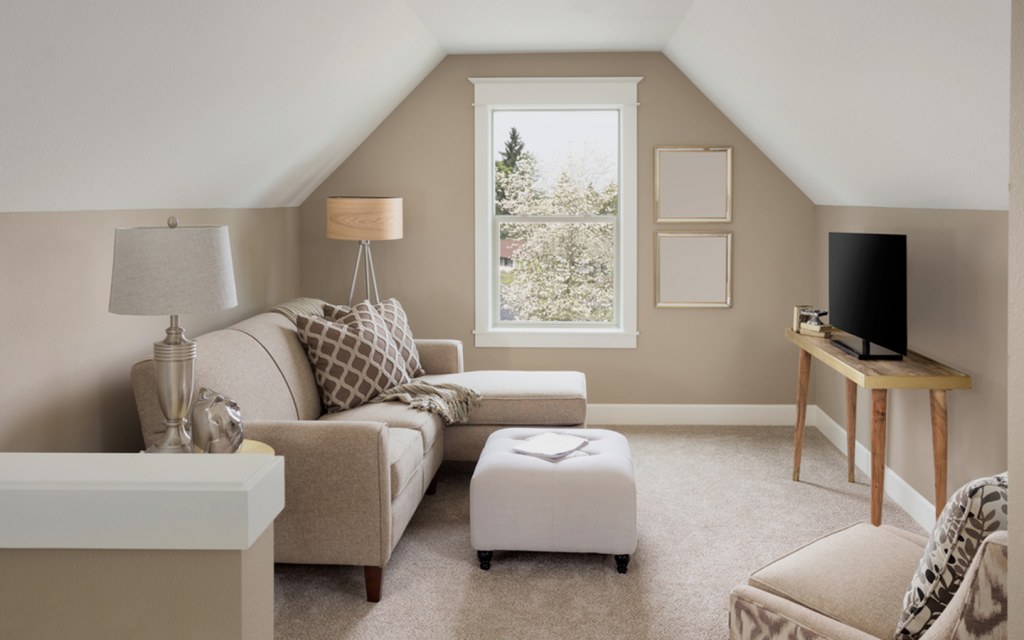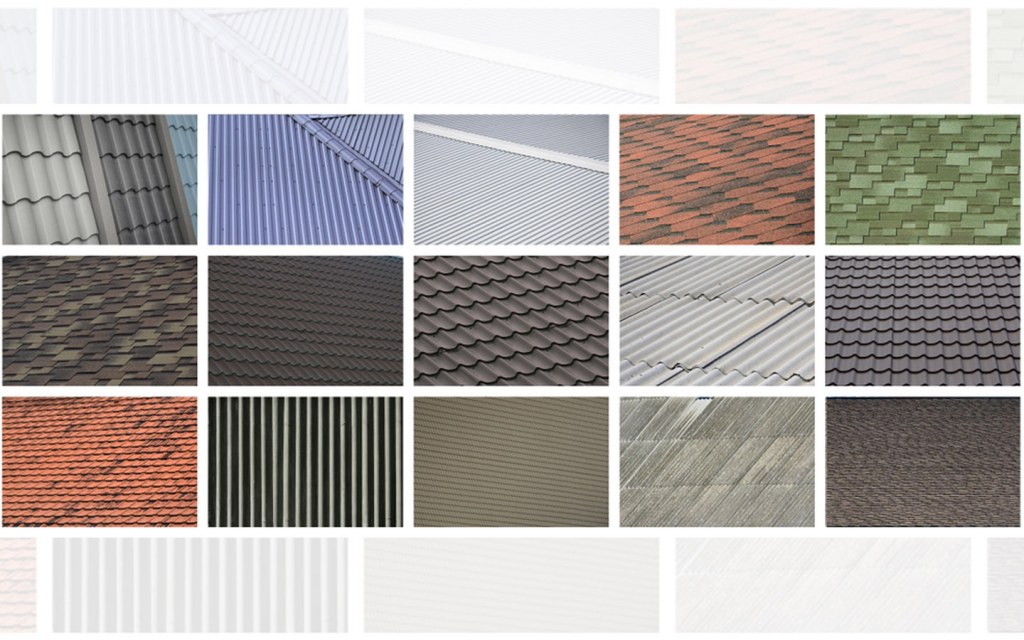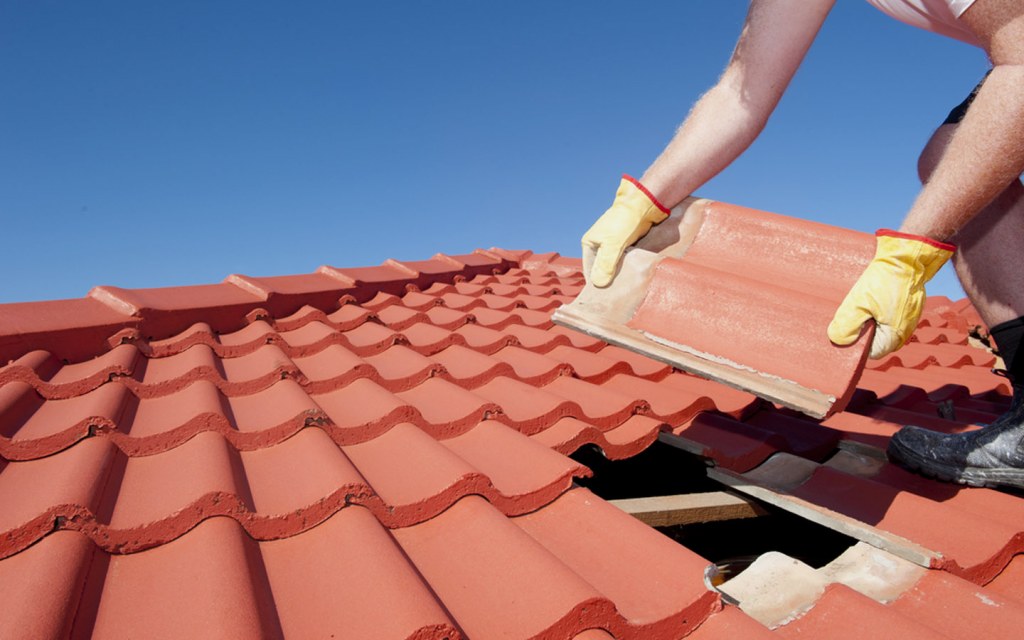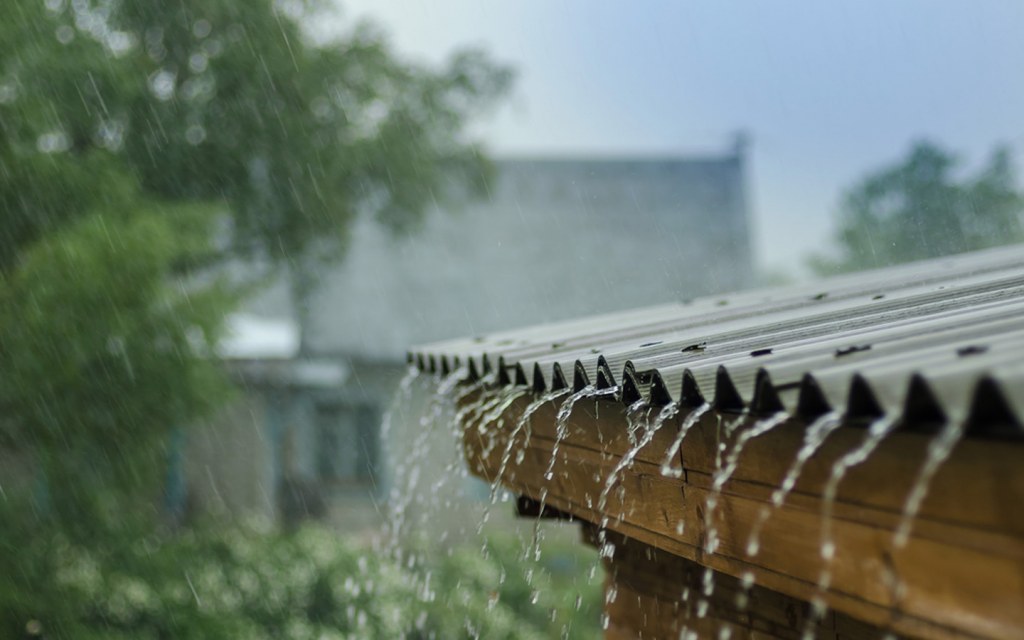Home » Construction » Flat vs. Sloped Roofs: Factors to Consider Before Making the Choice
Roofs can be primarily of two major types, flat or sloped. But the difference between them goes far beyond aesthetics and shape. There are a number of factors that contractors and builders should consider before choosing a side in the flat vs. sloping roofs debate for their structure. Check out our list of considerations below.
Flat vs. Sloping Roofs—What to Consider?
The most common roofing type in Pakistan has always been flat roofs for both houses as well as flats. However, many new housing communities are designing villas inspired by Mediterranean architectural styles, with sloped roofs covered with shingles. This raises the question about which roof type is best for your particular construction project—flat or sloped.
Here are some key factors to consider for both:
- Space Considerations
- Roof Size
- Roofing Materials
- Lifespan of the Roof
- Maintenance Frequency
- Energy Efficiency
- Weather Concerns
- Cost of the Roof
Let’s discuss each of these in detail now.
Space Considerations

Both sloped and flat roofs look great from the outside but are a lot different from the inside. A flat roof gives you complete height and space advantages, where you can easily create another room under the roof without worrying about awkward angles. A sloped roof, on the other hand, cuts through the height of your topmost floor, resulting in pitched and sloping sides inside the room. This results in height constraints, space constraints, and also, design constraints, especially if you want to use that part of the house to its full capacity daily. The room under a sloped roof can be perfect as a storage area or attic, though, which you only need to access occasionally and where bending your back isn’t a problem.
Moreover, if you want to use the outer exposed area of the roof for air conditioning units, as storage areas, or to create an entertainment area for the family, flat roofs are the best option, since they give maximum utilisation of space, both indoors and outdoors. You can even consider setting up a rooftop garden on your flat roof.
Roof Size
The choice between flat vs. sloping roofs is also dependent on the size of the roof itself. If your building spans over a large area, you will either need to pitch a high steeply sloped roof or opt for several smaller valleys and peaks, which are a challenge to install and connect seamlessly on a single roof. Thus, flat roofs work best for larger structures, and slanted roofs can be ideal for smaller buildings.
Roofing Materials

In terms of construction, flat roofs in Pakistan are usually made of concrete and are sometimes tiled by some homeowners when they want to create additional living/entertaining space on the roof, such as a barbeque area or a rooftop garden. Sloped roofs are generally built on a wooden base, with concrete, tile, wooden, and metal shingles being used to decorate its tilted sides. The points mentioned below will elaborate further on which of these options you should opt for.
Lifespan of the Roof
Sloped roofs generally last longer than flat roofs because there is a wide range of materials that can be used to cover them. Moreover, the sloping shingles not only provide an additional barrier between the roof’s structure and the elements but also allow better drainage, ensuring that pooling water does not weaken the structural integrity of the roof.
Maintenance Frequency

While slanted roofs last longer, they also need frequent maintenance if you are missing some shingles because, without that additional layer of protection, water seepage becomes an easy possibility and will further result in major roof repairs.
You will also need to clear the gutters and drains of both roof options periodically if you want to avoid water seepage, but this is even more important for flat roofs, where there is no natural incline to drain the water off the sides of the roof.
On a side note, there are also several other signs of roof repair that can help you detect costly repairs at an earlier stage, where they can be tackled easily.
Energy Efficiency
In terms of energy efficiency, both sloped and flat roofs work well, based on the materials you use for their construction. Moreover, they both are ideal for solar panel installation. However, it is generally trickier to install the panels on a sloping surface as compared to a flat one. Additionally, the biggest advantage of a flat roof is that you can tilt the panels towards the direction of the sun for maximum energy generation, but that isn’t possible on a pitched roof unless it is naturally slanted towards the east or the west.
Weather Concerns

We touched upon this point a little above, but let’s elaborate on how sloped roofs offer better drainage for rain and snow, without letting water pool up on the surface, as long as you keep your gutters clean. The same cannot be said for flat roofs, where you might need to manually use a wiper to push the water towards the drain if it has collected on the roof.
Snowy conditions also take their toll on flat roofs, where the piling snow adds extra weight to the roof, increasing the risk of collapse if the weight reaches beyond its limits. Thus, sloped roofs are ideal for northern parts of Pakistan, where rain and snow are frequent, whereas flat roofs work best in dry, equatorial regions.
Cost of the Roof
In Pakistan, flat roofs are a lot cheaper than their slanted counterparts, since the materials used to build them are cheaper as well. However, if you live in a part of the country that witnesses a lot of snow or rain, opt for a sloped roof. Otherwise, you’ll be required to pay hefty maintenance costs for flat roofs due to weather damage.
Overall, the decision between flat vs. sloping roofs is a combination of a number of factors, and the choice should not be made on aesthetics alone.
Keep reading and sharing more posts from Zameen Blog. We’re just an email away at blog@zameen.com for your queries.



